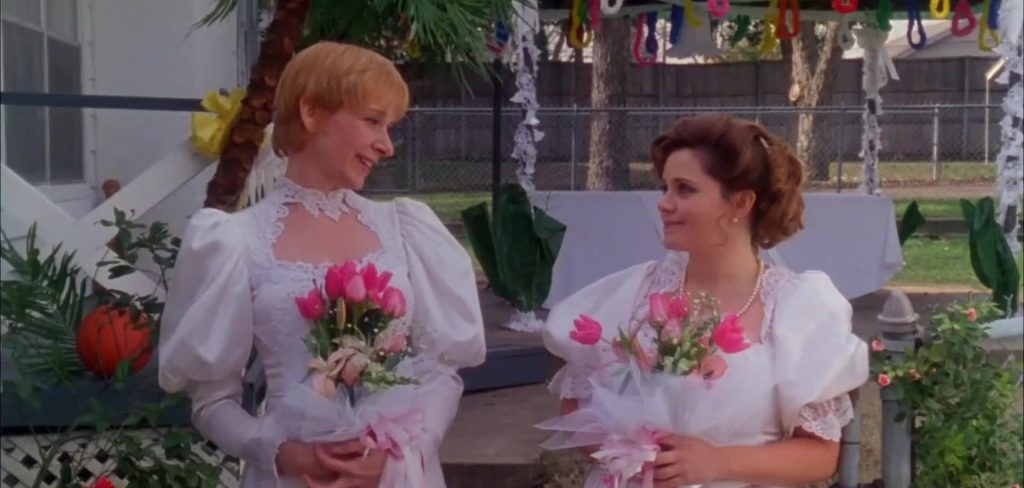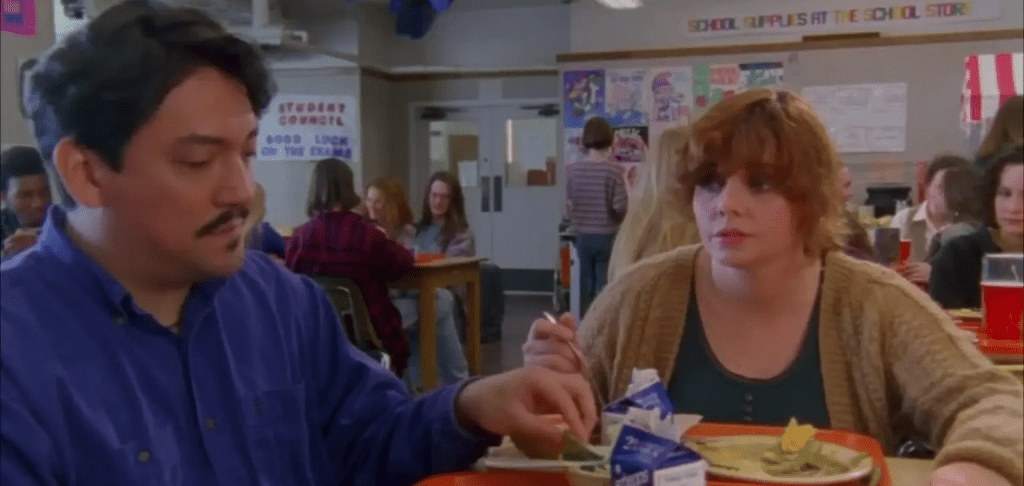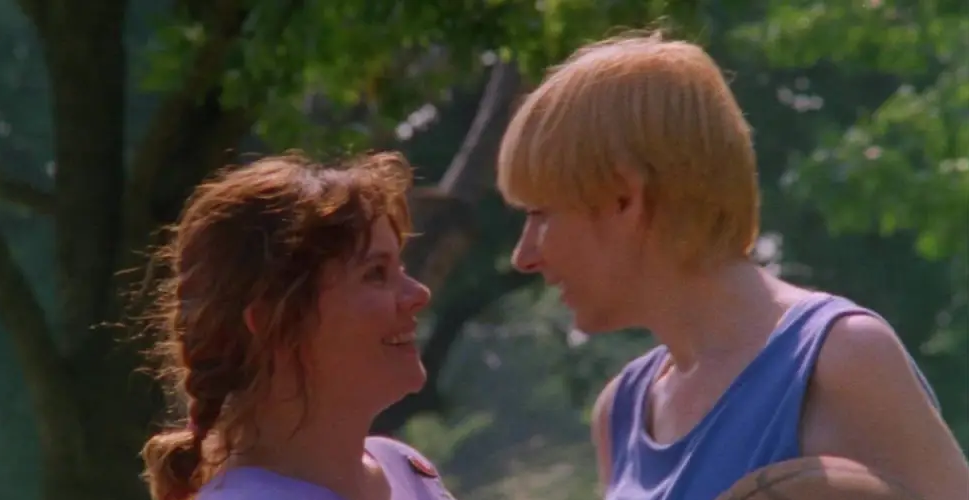Directed by Julia Dyer, ‘Late Bloomers’ is a heartwarming romantic comedy movie that revolves around the blossoming of love between two middle-aged women in a small town in Texas. It follows Carly Lumpkin, a gym teacher, and Dinah Groshardt, a school secretary, as they both find companionship and romance in each other’s company. Battling the societal hegemony on expression and love, the two navigate their daily mundane lives by attempting to break free from the norms and embrace their identities without hesitation. The comedy-drama explores the depths of human emotions and how happiness and satisfaction are never out of reach at any stage in life.
Carly and Dinah’s journey into self-discovery is the basis of the narrative’s central theme of love and breaking barriers. While Dinah is reserved and quiet, Carly is bold and strong-willed, pushing past expectations and trying to grasp her freedom with a limitless passion. Both women have a transformative effect on each other throughout the story, forcing them to grow and learn more about themselves. Its inquiry into socially and culturally relevant topics throws up several questions, especially the ones concerning its authenticity and whether the ‘Late Bloomers’ is based on a true story.
The Story of Late Bloomers is Infused With Life Experiences of the Dyer Sisters
‘Late Bloomers’ is a fictional tale of lesbian love that was loosely inspired by the experiences of the sister duo Julia Dyer and Gretchen Dyer, who directed and wrote the script, respectively. They were interested in exploring a love story that was bound in a traditional environment where self-expression is muted and matters of the heart become more prevalent. In an interview with Flixist around the Queering the Canon: Rom Coms event organized by NewFest, Julia Dyer said: “My sister Gretchen Dyer wrote the script—partly inspired by events that happened in our high school in the 70s, and more immediately by the beautiful backyard wedding of a female couple we were close to in Austin.”

The personal experiences of the two sisters were relevant during the creation process of the story. With an increasing fascination in the zeitgeist with regard to lesbian love stories, the Dyers designed their story with an emphasis on the conflict of the mind and heart rather than delving into the physical aspects of their romantic attraction. They also looked at other films like ‘Longtime Companion’ and ‘The Wedding Banquet’ as influential narratives that complemented theirs. The director said that they “similarly wanted to make a film that might sneak past people’s defenses and go straight to their hearts.”
Late Bloomers Explores its Lesbian Love Story Without Constricting Itself
While ‘Late Bloomers’ is a movie exploring a lesbian relationship between two middle-aged women, the filmmaker, Julia Dyer, and her writer sister, Gretchen Dyer, wished to dive into those waters from a different angle. The idea wasn’t so much to unwrap the lesbian narratives that had sprung up in modern times but to depict a relationship between two women who are slowly assimilated into the mainstream as the narrative progresses. Instead of being shunned and having to rebel against the orthodoxy, their story is more of a quiet acceptance and celebration amongst the townspeople.

Talking to the Dallas Observer, Julia Dyer said, “It was our intention from the start to make a movie not about urban lesbian culture, but two women who’d assimilated into the mainstream,” Julia said. “You know, the people who get up every morning at seven, put on their lipstick and pantyhose, maybe even drive their kids to school, and go to the office. These women are lesbians, too.” Continuing further along the same theme, her sister Gretchen added, “It’s familiar. The secret subversive message of the whole movie is that if it could happen to these two little ordinary women in middle-class suburbia, it could happen to you.”
As the film revolves around the intersection of gender, sexuality, and religion in a small town, the romantic elements at play are both external and internal. On the topic of sexuality, for instance, the writer emphasized that the idea wasn’t easily divided into black or white but rather, as depicted in the narrative, was more of a continuum. These thematic aspects set the tale of ‘Late Bloomers’ apart from other contemporary lesbian films. Although fictional in its conception, it attempts to explore its central relationship without conforming to any well-defined box. As Gretchen Dyer summed it up herself, ”It’s moving into territory that lesbian movies haven’t dealt with yet,” she said, ”where lesbian and gay and heterosexual cross over each other, and where the boundaries aren’t necessarily so rigid.”
Read more: Best Chick Flicks on HBO Max


You must be logged in to post a comment.